Taste characteristics of Diamond Mountain Coffee Bean Variety treatment in Panamanian Jade Manor
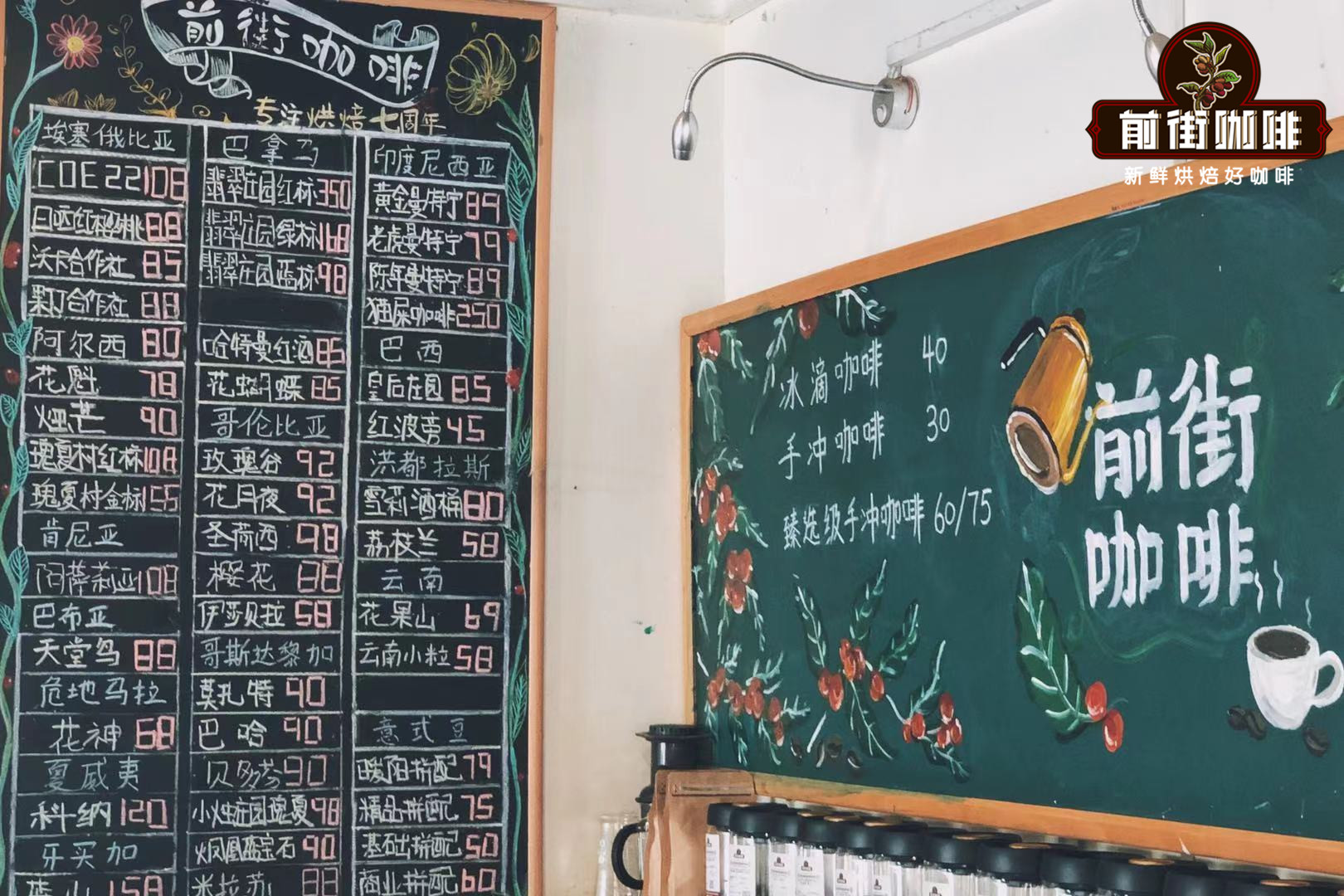
Professional coffee knowledge exchange more coffee bean information please follow the coffee workshop (Wechat official account cafe_style)
Speaking of Panamanian coffee, I believe coffee fans are no stranger to the rose summer coffee beans of the Emerald Manor, while the Kaddura and Kaduai varieties of coffee beans of the Emerald Manor should be heard less, does that mean that the quality of these two varieties of coffee beans is not good? Of course not. According to Qianjie Coffee, Emerald Manor has separately established these two varieties of coffee beans into two brands, namely Diamond Hill and Pamela. Then the next article Qianjie Coffee will come to popular science about what is the diamond mountain brand coffee beans of Panamanian Emerald Manor.
Qianjie Coffee Panamanian Emerald Manor Solar Diamond Hill Coffee beans
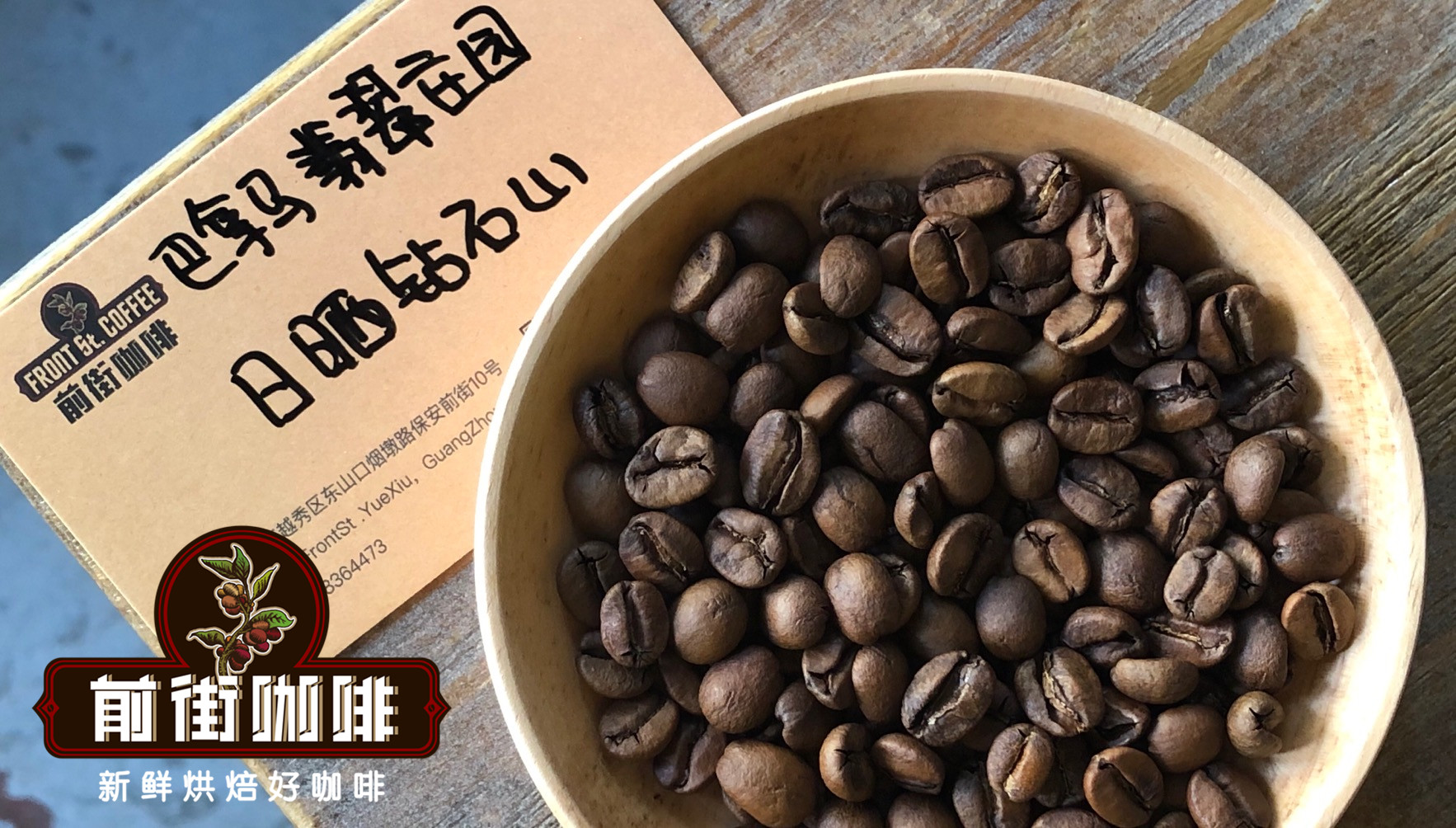
Country: Panama
Producing area: Pokuit Emerald Manor
Manor: Jade Manor
Altitude: 1400-1700m
Variety: Kaduai, Kaddura
Treatment method: solarization treatment
Flavor: citrus, bright acidity, nuts, honey, fermentation, cocoa.
Panamanian Jade Manor
Coffee fans are familiar with the fact that the Jade Manor is rich in high-quality rose summer coffee, and they are also the disseminators of the rose summer coffee. The history of the Emerald Manor originated in 1964, when Rudolph Peterson, an American banker, retired to Panama and bought the Jade Manor in Pokuit, which was dominated by dairy at first. Then his son Price resigned as a doctor to help his father run the farm, introduced Kaddura and Kaduai coffee beans in 1987, set up a washing plant in 1994, and has had its own coffee processing plant ever since.
The discovery of Rosa coffee was only an accident, because the Rosa coffee tree was supposed to have low yield and low economic benefits at that time, so it was used by the former landowner as a windbreak tree to protect Kadulakaduai coffee in other high-yielding areas.
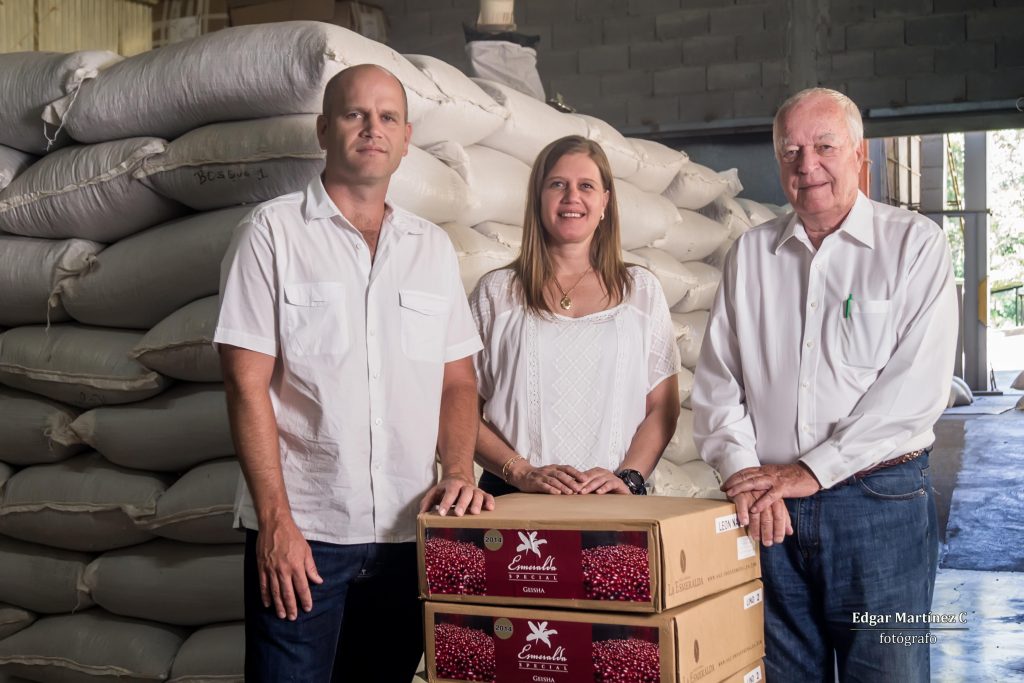
It was under this background that the workers who picked the coffee fruit picked the rose summer coffee fruit as well. As a result, the owners found this coffee bean very special and rich in citrus flowers during the cup test, so they found the rose summer coffee tree and began to pay attention to it. So in 2004, the Emerald Manor took the rose summer to the competition alone, and became popular in the BOP competition. Since then, it has established the status of Jadeite Manor in the boutique coffee industry.
Just as Qianjie Coffee said above, the jade estate was also the first to grow Kaddura, Kaduai varieties of coffee beans, and most of these two varieties of coffee beans are grown locally in Panama, so if you want to understand the most primitive flavor of coffee beans in Panama coffee beans, you have to start with these two varieties of coffee beans. after all, the flavor of Rosa variety coffee beans is still partial to its place of origin, Africa.
Planting conditions of Panamanian coffee beans
Qianjie Coffee often says that the flavor of coffee beans depends on its growing environment, coffee variety and treatment. Then Qianjie Coffee will popularize the Diamond Mountain coffee beans of the Jade Manor around these three points.
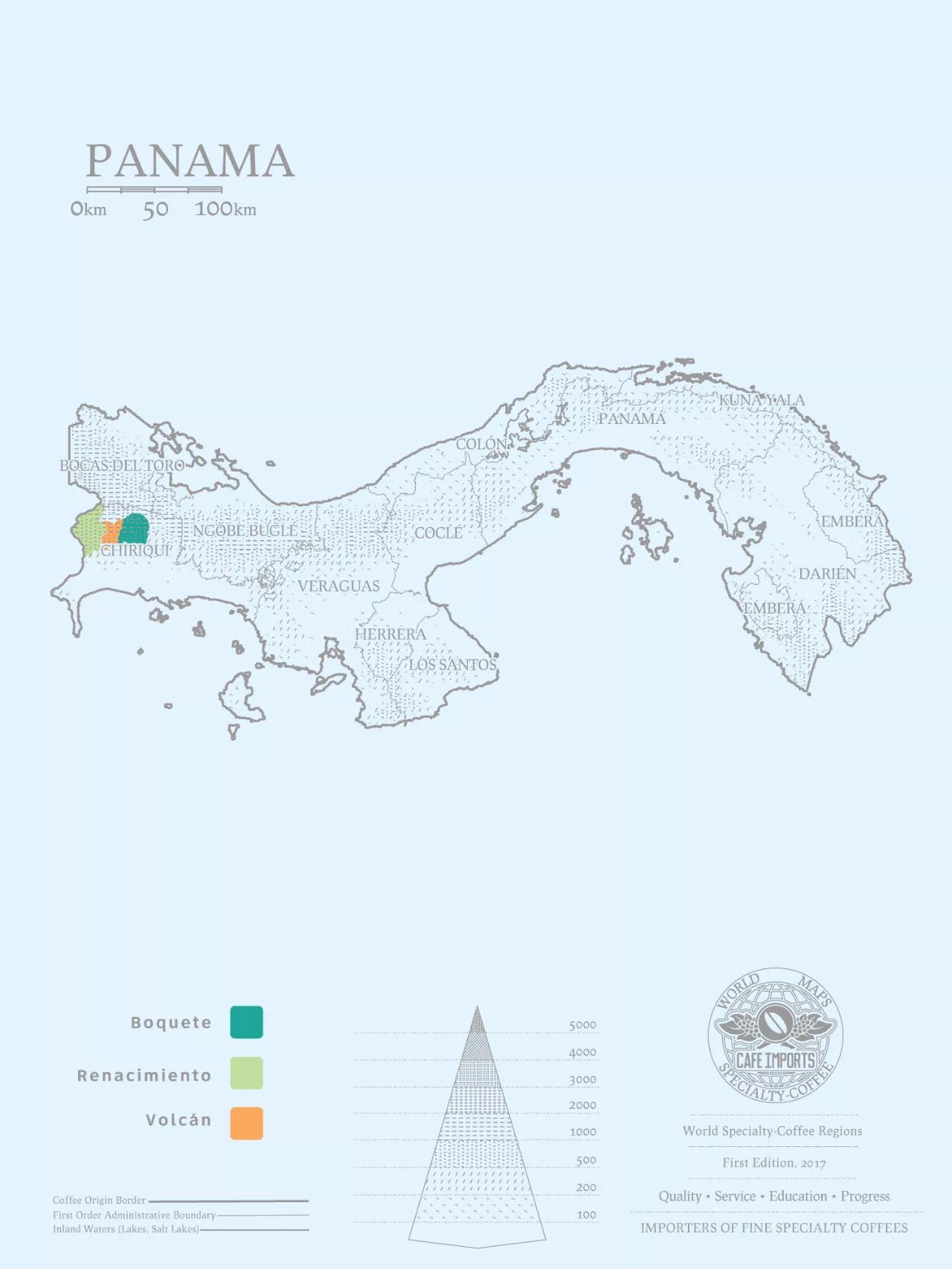
The whole territory of Panama is undulating, with vertical and horizontal valleys, mostly mountains except the north and south coastal plains. The earth is near the equator, with a tropical maritime climate, humid during the day and cool at night, with an annual average temperature of 23-27C °. The whole year is divided into drought and rain seasons, with an average annual precipitation of 1500-2500mm.
Panamanian coffee beans are mainly famous for their smooth taste and balanced sour taste, and their high-quality coffee beans have pure flavor and rich characteristics. The first batch of coffee exported each year starts in November.
High-quality Panamanian coffee beans are mainly grown in northwest Panama, near Costa Rica and the Pacific Ocean. Among them, the Pokuit coffee producing area in Chiriki province is the most famous.
Panamanian Pokuit coffee bean producing area
According to Qianjie Coffee, the Pokuit growing area is as high as 1400-1900m above sea level. It is located near the border between Panama and Costa Rica, near the famous Baru Baru volcano, with rich scenery and rich soil. The climate and soil are very suitable for producing quality coffee.
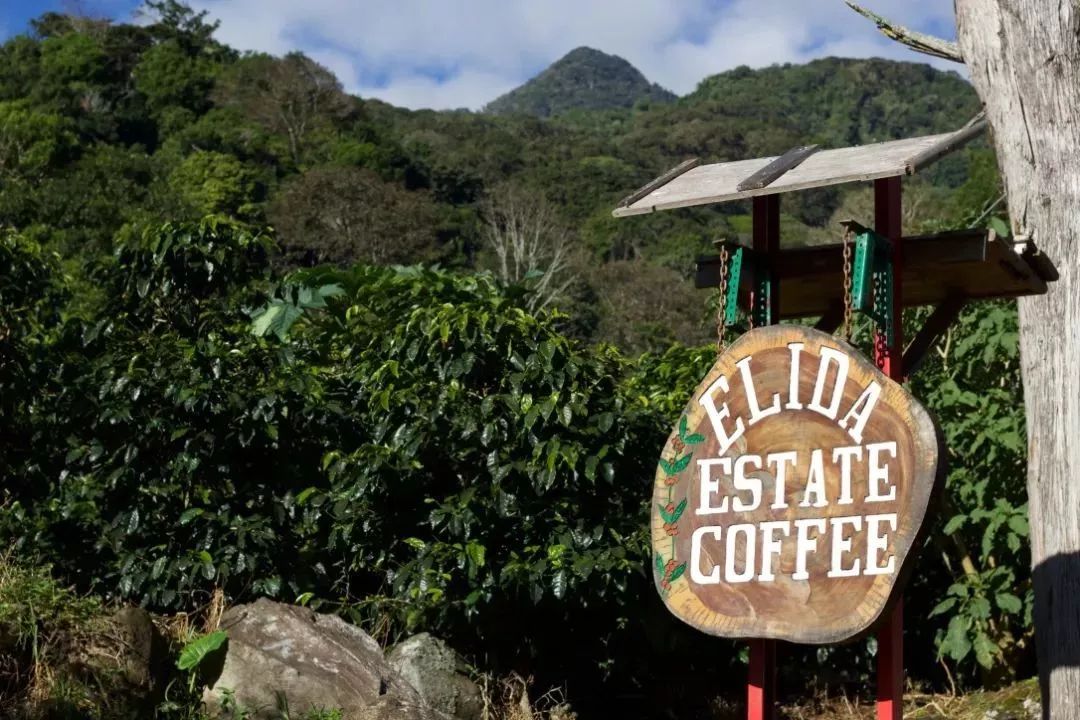
There are also many excellent estates in the Pokuit area, except the Emerald Manor, Alida Manor, Catova Duncan Manor and so on all produce high-quality boutique coffee.
This is not only due to the mild climatic conditions in the Poquet region of Panama and the fertile volcanic ash soil of the Baru volcanic land. Another important factor is the changeable microclimate in the Poquet Heights of Panama.
Land division of jadeite manor
The coffee beans planted in the jadeite manor are also divided into regions. For example, the coffee beans in the jadeite manor are divided into five major brands according to altitude, microclimate, cup test performance and planting varieties. There are three brands of rose summer varieties: jadeite special selection (red mark), private collection (green mark) and rose summer 1500 (blue standard). Kaddura, Kaduai breed has two brands: Diamond Hill and Pamela.
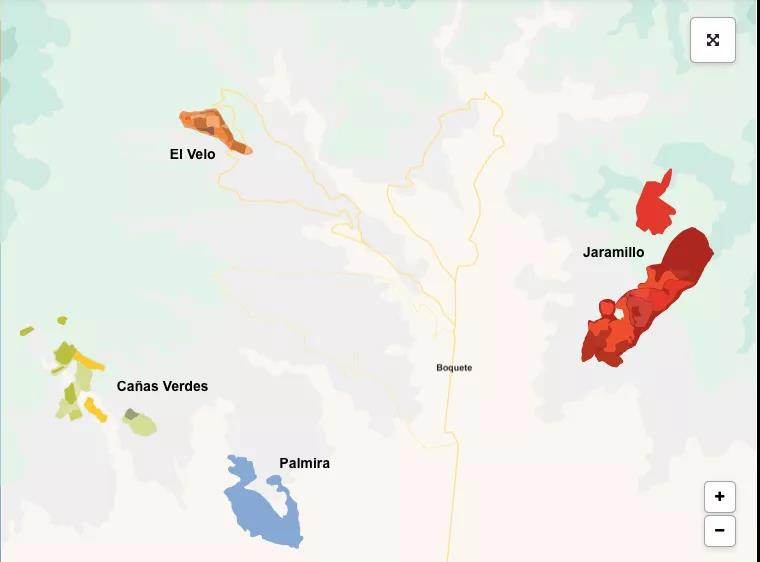
According to Qianjie Coffee, the Emerald Manor has three main plots: Jaramillo (Cannes Vidis) and El Velo (Veil). And each piece of land will be refined to small plots again.
Jala Miyou (Jaramillo):
The annual rainfall is 4000ml, the average temperature in daytime is 19-25 ℃, the average temperature at night is 11-15 ℃, and the average altitude is 1600-1700m. The Haramiyo site is subdivided into five small plots: Mario (Mario), Noria (Ferris wheel), Reina (queen), Bosque (forest) and Buenos Aires (Buenos Aires).
Cannes Vidis (Canas Verdes):
The annual rainfall is 3500ml, the average temperature in daytime is 16-23 ℃, the average temperature at night is 10-15 ℃, and the average altitude is 1600-1800m. Cannes consists of nine small plots: Lino (flax), Coronado (coronation), Fundador (founder), Le ó n (Leon), Montaa (peak), Trapiche (sugar), Chinta (urn), Cabaa (cabin) and Tumaco (Tumako).
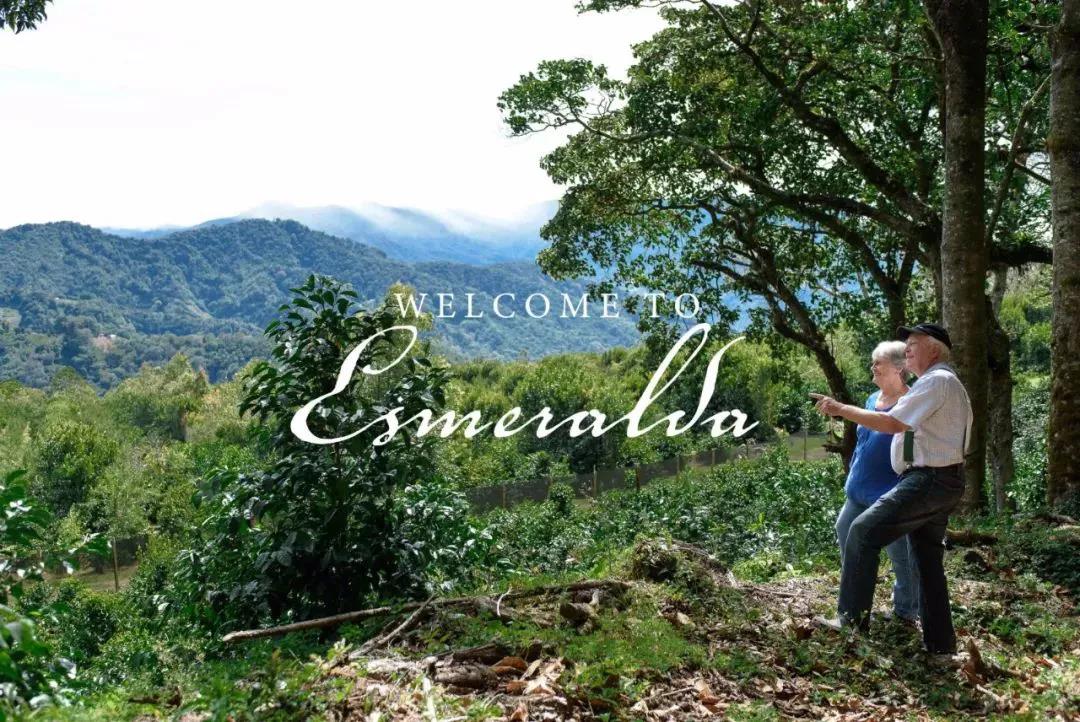
Veil (El Velo):
The plot is the latest purchase of the Jadeite Manor, with an average elevation of 1700-1900m. In addition to planting Rosa and Kaduai, the site also has a small number of other exotic species, such as Laurina, Pakamara, Mocha and SL28. The veil is divided into seven small plots, namely: Guabo, Port ó n (Portal), Durazno (Peach), Higuer ó n (fig tree), Higo (fig), Buena Vista (Buena Vista) and guila (Eagle).
Emerald Manor Diamond Hill Series Coffee beans
The Emerald Manor Diamond Hill series of Kadulakaduai coffee varieties are planted in Kanas Vidis and Haramiyo, and the overall coffee cultivation is distributed at 1400 to 1700 meters above sea level. At the same time, Qianjie understands Diamond Hill brand coffee with superior environment certification of Rainforest Alliance. You know, it's not that easy to get this certification. For example, the Jamaican Blue Mountain Coffee in the front street coffee shop comes from the only Rainforest Alliance certified Clifford estate in Jamaica.
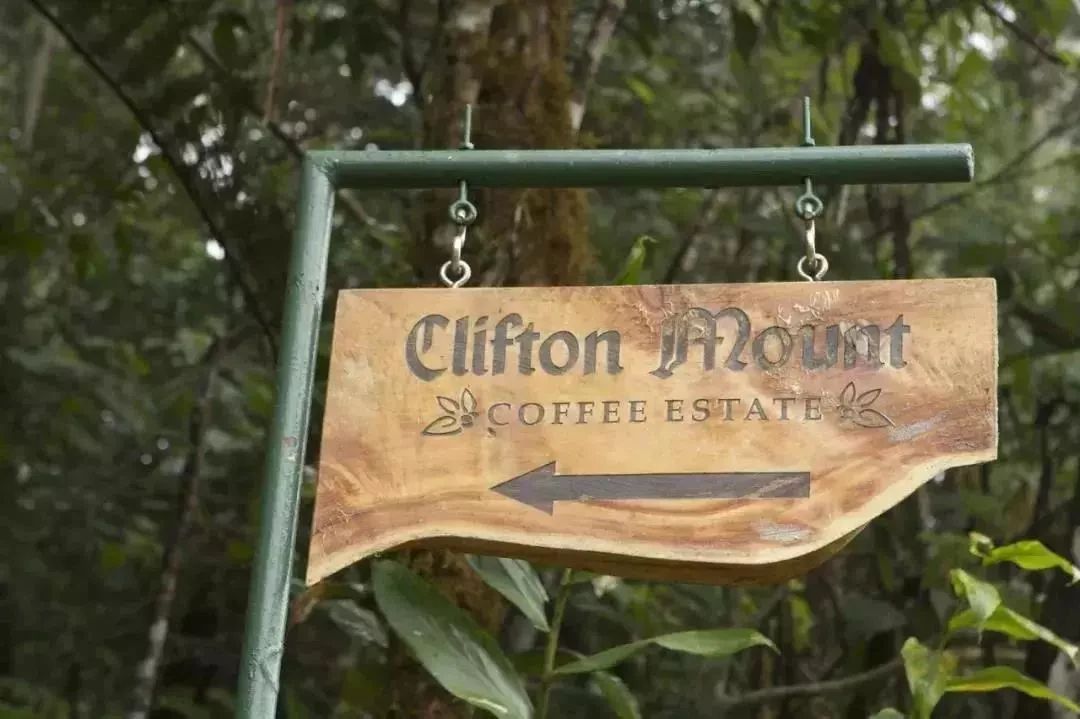
What does the Rainforest Alliance certification represent?
1. Less water pollution. two。 Less acid damage. 3. Reduce the impact on the environment and human health. 4. Protect wildlife habitats. 5. Less wasteful. 6. Use less water. 7. Highly effective agricultural garden management mechanism. 8. Protect the rights and interests and welfare of agricultural workers. 9. To ensure the income and competitiveness of agricultural workers. 10. Enhance the cooperation between agricultural workers and environmentalists.
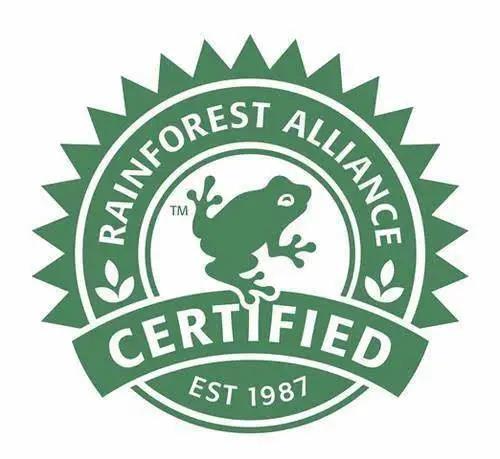
The picture shows the rainforest certification mark.
And according to Qianjie Coffee, the manor must have more than 100 crops to be certified by the Rainforest Alliance, which will be certified in accordance with the environmental and social standards of the Sustainable Agriculture Network.
Diamond Hill Coffee Bean varieties-Kaddura, Kaduai
According to Qianjie Coffee, Kaddura and Kaduai varieties are now widely planted in Latin America, because its pest resistance is better than tin pickup, so it is also widely planted in Panamanian coffee producing areas, while Kaddura is a variety of bourbon. It was found in Brazil in 1937 that its production capacity and disease resistance are better than bourbon, and the trees are shorter, easy to harvest, adaptable and do not need shade trees. Suitable for planting in the high altitude area from 700m to 1700 m, the altitude adaptability is very strong, but the higher the altitude, the better the flavor, and the production capacity is relatively reduced.
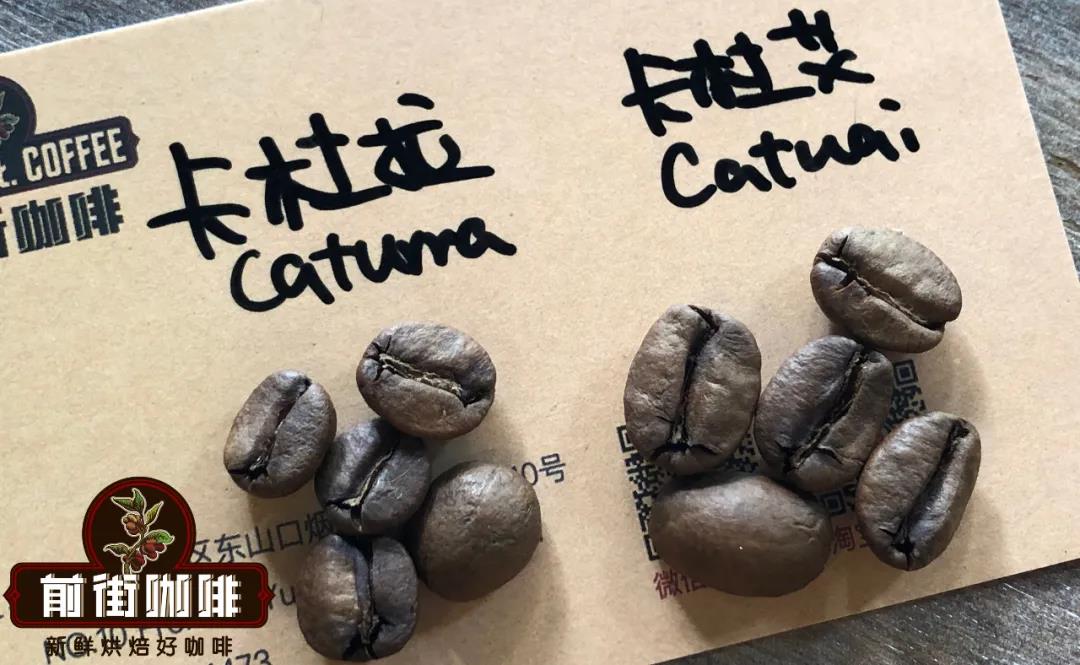
The Kaduai variety is a hybrid developed in 1949. It is an artificial cross between Huang Kadura (Arabica subspecies) and New World (Robusta subspecies). It was originally named "Hmur2077". Kaduai has a good ability to resist disasters, especially wind and rain. Because the plant is small, it can be planted at twice the density, and the plant is small, so it is relatively easy to treat diseases and insect pests. Kaduai is strong and low in height, but is vulnerable to leaf rust.
Treatment of Diamond Hill Coffee beans in Jadeite Manor
This diamond bean purchased from Qianjie Coffee is tanned. Therefore, this coffee bean will also have a strong aroma and a sense of fermentation in terms of flavor.
Coffee farmers in the sun treatment process, the harvest of coffee fruit will be sent directly to the courtyard to dry. The coffee fruit dries slowly, the coffee beans are still inside, and the coffee beans are full of fruit and aroma. Depending on the weather and the composition of the site, the coffee fruit will be dried on the concrete platform for 3 to 5 days (8 hours a day).
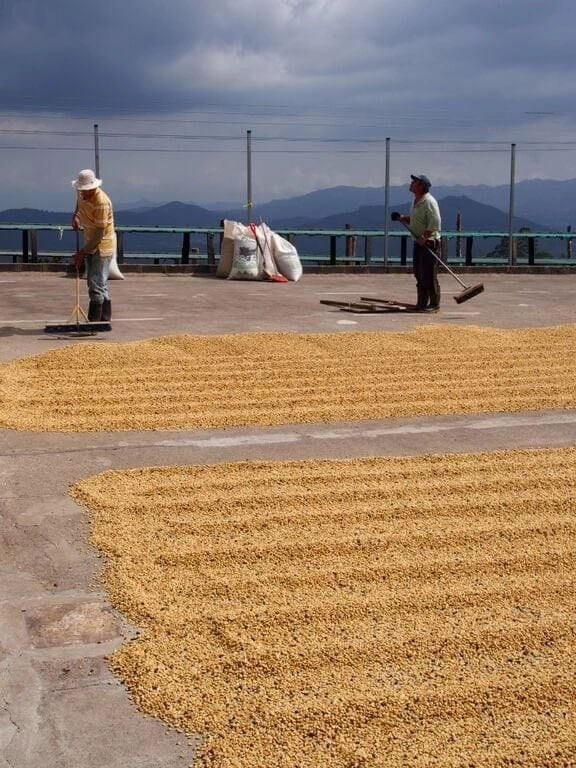
When the coffee fruit is dried to a certain extent, it is then put into a Guardiola dryer (Guardiola drier) and rotated for 72 hours to complete the drying process and prevent fermentation. When the drying is finished, the coffee fruit will be mechanically removed from the skin, pulp and other parts. Qianjie Coffee believes that sun treatment can add sweetness to coffee beans and the flavor of ripe red berries.
The above is the relevant information about the Emerald Manor Diamond Hill coffee beans sorted out by Qianjie Coffee, hoping to help coffee fans understand the Emerald Manor better. secondly, Qianjie coffee carries out a large number of roasting and brewing parameters tests before each new bean is put on the shelves, then Qianjie Coffee will share the roasting parameters that are most suitable for this Panamanian coffee bean to coffee fans.
Analysis of raw beans of Qianjie coffee
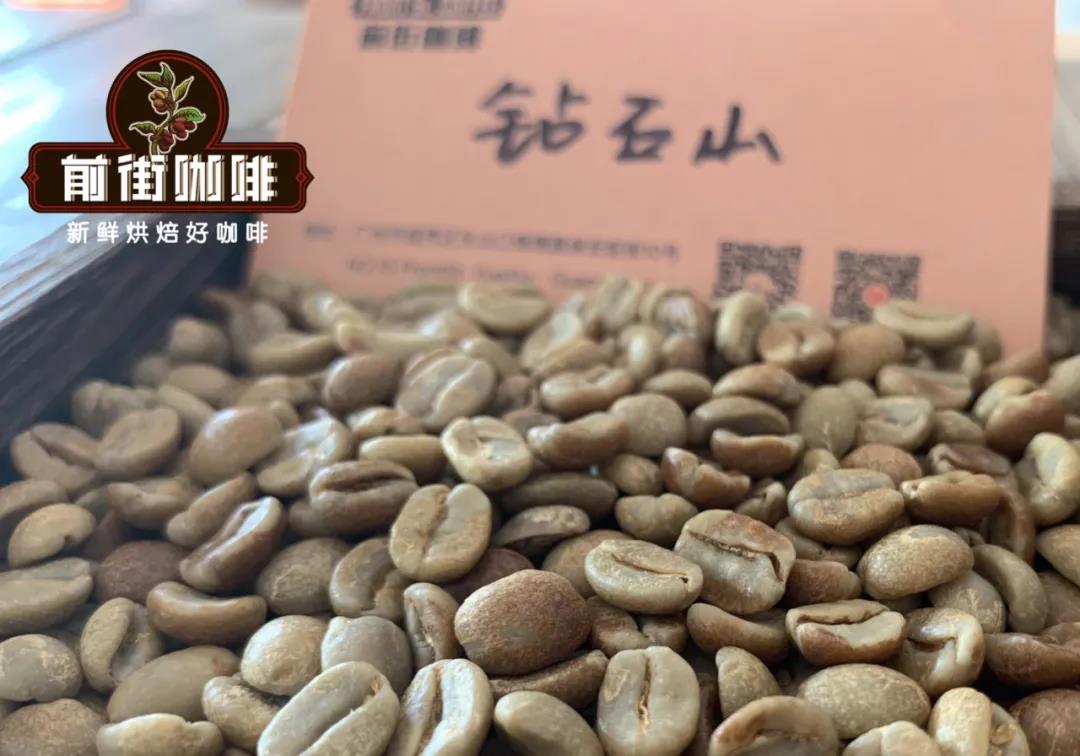
Qianjie coffee by observing the raw beans in Diamond Hill, the color of raw beans is yellow, and there will be more silver skin on the surface of raw beans. The end of Kaddura raw bean is curved, round and slender, while Kaduai has a flat body and a slender tail.
Qianjie Coffee Baking record
The front street baker uses Yang family 800N semi-direct fire with a baking capacity of 480g. The furnace temperature is preheated to 165℃ to enter the pot, the firepower is adjusted to 130mm, the throttle is opened to 3 ", and the return point is 1140C; the firepower remains the same at 112℃, and the firepower rises to 140when the throttle is opened to 4127 °C. the smell of grass turns yellow and the smell of grass disappears and enters the dehydration stage. At 151℃, the firepower is reduced to 110and the throttle is kept at 4.
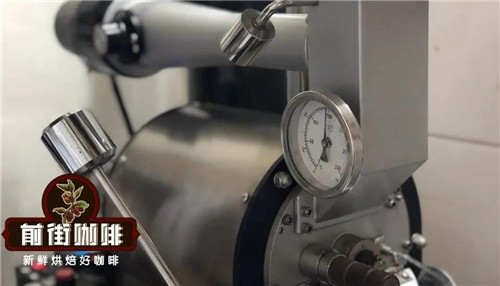
After dehydration, there are wrinkles and black markings on the bean surface, and the smell of toast changes to coffee, which is a prelude to an explosion. Listen to the sound of an explosion. When it starts to explode, the throttle is fully open, and the development time after the explosion is 1: 39. The development time is 20 ℃.
Coffee cup test report on Qianjie
Qianjie Coffee will be tested within 8-24 hours after the sample beans are roasted. The cup commonly used by baristas in front street is a ceramic bowl with a capacity of 200ml. The water temperature used in the cup test is 94 °. The pass rate of 20 # standard screen (0.85 mm) controlled by grinding degree is 70% Mel 75%. Ratio: 11.1 grams of coffee powder plus 200 milliliters of hot water, that is, 18.18, so that the concentration of extraction happens to be within the range of 1.15% Murray 1.35% gold cup, and the soaking time is 4 minutes.
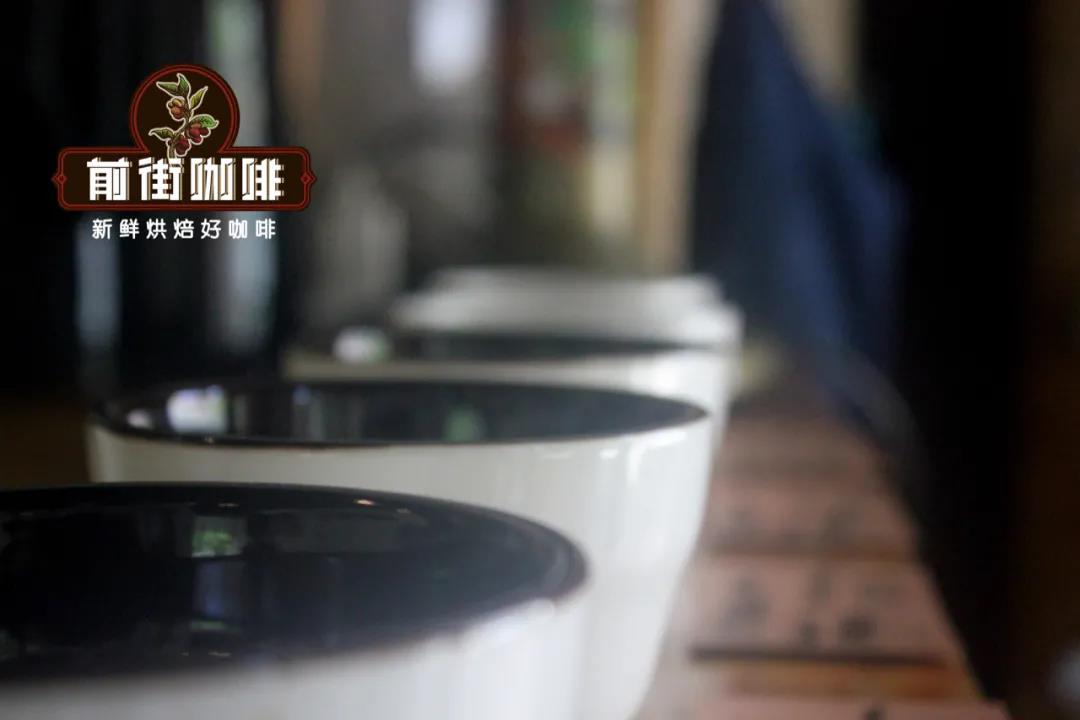
Dried fragrance: citrus, berries
Wet fragrance: citrus
Flavor: citrus, honey, cocoa, fermented wine
Experience of brewing coffee in Qianjie
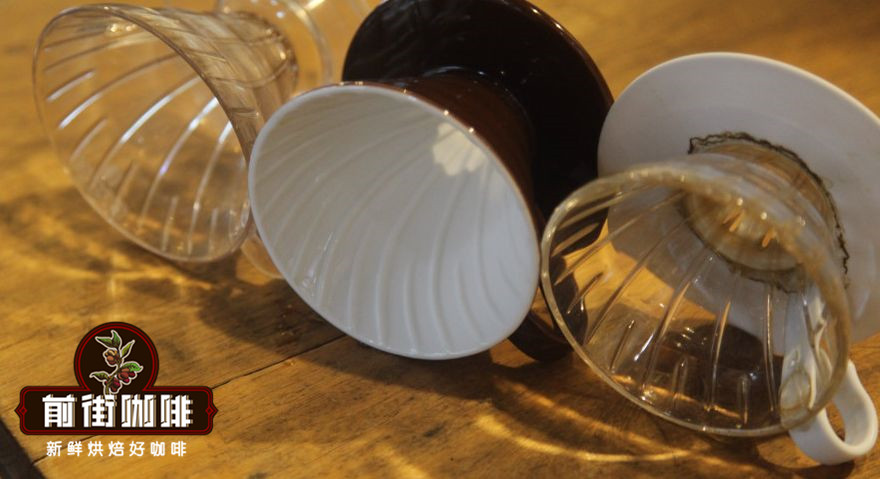
Filter cup: V600001
Water temperature: 90-91 ℃
Powder content: 15g
Powder / water ratio: 1:15
Degree of grinding: medium and fine grinding (Chinese standard No. 20 screen pass rate 80%)
Qianjie cooking technique: three-stage extraction.
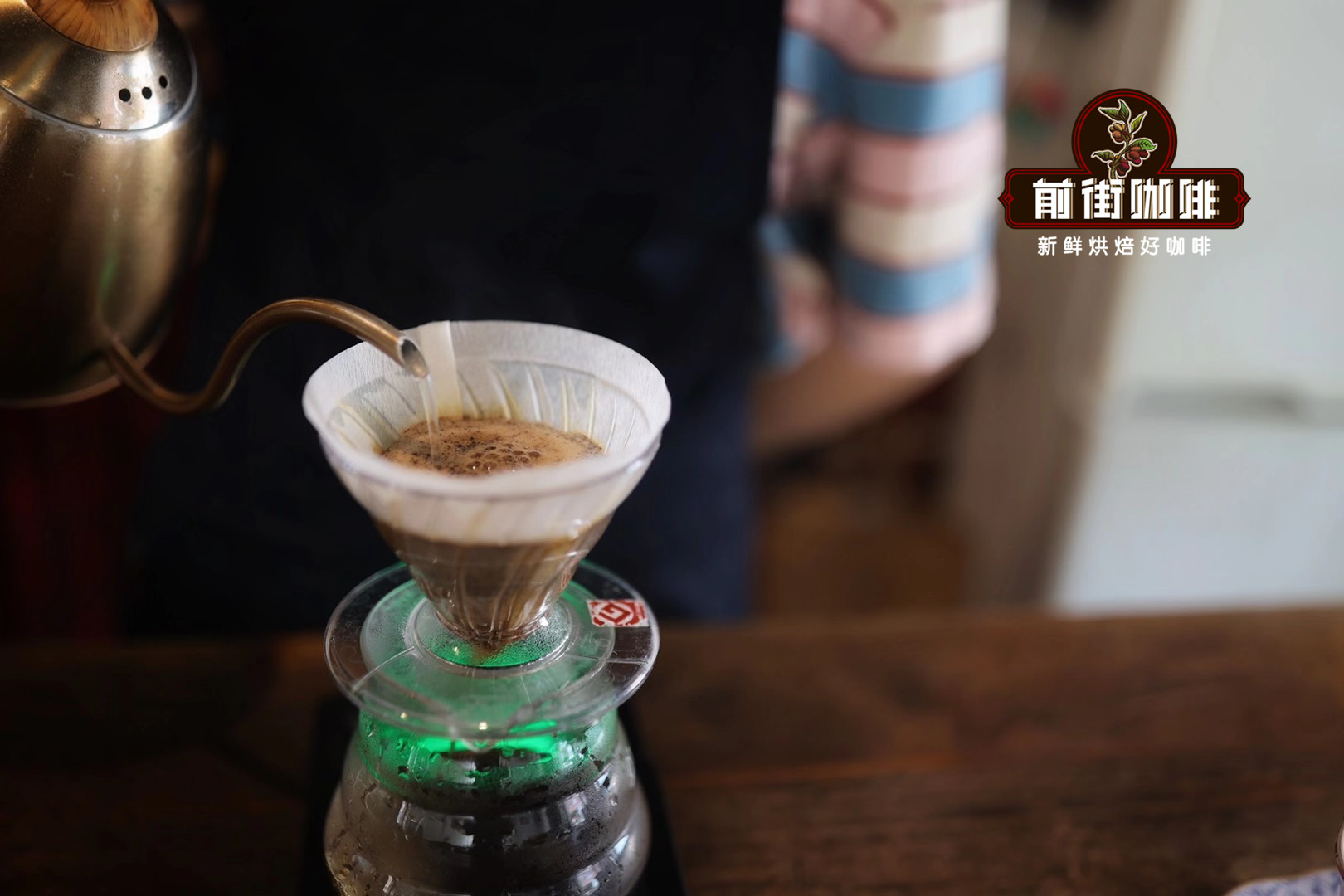
Steam with 30 grams of water for 30 seconds, small water flow around the circle to 125 grams for sectional injection, water level drop is about to expose the powder bed, continue to inject water to 225 grams to stop injection, and so on when the water level drop is about to expose the powder bed, remove the filter cup, (steaming starts timing) the extraction time is 2 minutes 39 percent 00 ".
Cooking flavor: citrus, bright acidity, nuts, honey, slightly fermented, smooth taste, cocoa finish.
For more boutique coffee beans, please add private Qianjie coffee on Wechat. WeChat account: kaixinguoguo0925
Important Notice :
前街咖啡 FrontStreet Coffee has moved to new addredd:
FrontStreet Coffee Address: 315,Donghua East Road,GuangZhou
Tel:020 38364473
- Prev
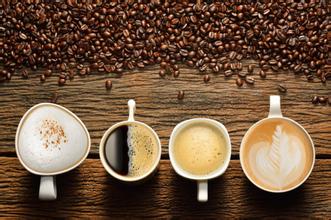
An introduction to the characteristics of St. Helena Coffee Flavor description and treatment in Variety producing areas
We want to trace the history of St. Helena Coffee, starting with the discovery of St. Helena Island, a nameless island discovered by Portuguese warships in 1502, named St. Helena Island, and used for hundreds of years as a supply depot for fleets on voyages to Asia, or a place for sailors to recuperate. In 1732, the British East India Company acquired the bourbon coffee tree from the Yemeni mocha.
- Next

Flavor description treatment of Lanshan Coffee Bean introduction to the taste of varieties in producing areas
The same coffee tree species, whether planted in Hawaii, Kenya, Papua New Guinea or anywhere else with a similar climate, cannot produce the flavor of blue mountain coffee beans. Pure Jamaican Blue Mountain Coffee perfectly combines the unique sour, bitter, sweet, mellow and other flavors of coffee to form a strong and attractive elegant flavor, which is unmatched by other coffee. Love Blue Mountain Coffee
Related
- Detailed explanation of Jadeite planting Land in Panamanian Jadeite Manor introduction to the grading system of Jadeite competitive bidding, Red bid, Green bid and Rose Summer
- Story of Coffee planting in Brenka region of Costa Rica Stonehenge Manor anaerobic heavy honey treatment of flavor mouth
- What's on the barrel of Blue Mountain Coffee beans?
- Can American coffee also pull flowers? How to use hot American style to pull out a good-looking pattern?
- Can you make a cold extract with coffee beans? What is the right proportion for cold-extracted coffee formula?
- Indonesian PWN Gold Mandrine Coffee Origin Features Flavor How to Chong? Mandolin coffee is American.
- A brief introduction to the flavor characteristics of Brazilian yellow bourbon coffee beans
- What is the effect of different water quality on the flavor of cold-extracted coffee? What kind of water is best for brewing coffee?
- Why do you think of Rose Summer whenever you mention Panamanian coffee?
- Introduction to the characteristics of authentic blue mountain coffee bean producing areas? What is the CIB Coffee Authority in Jamaica?

